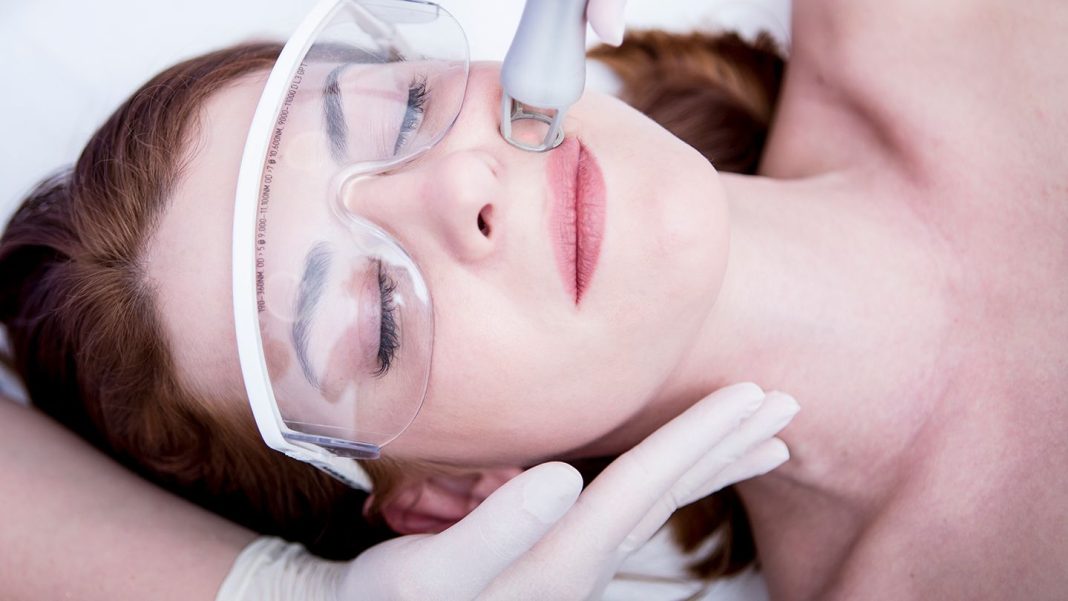In the ever-evolving landscape of medicine, 3D printing has emerged as a game-changer. From training the next generation of doctors to advancing surgical techniques, this technology has become an invaluable asset. Recently, a team of researchers at Nottingham Trent University (NTU) in the UK took a bold step by designing an artificial heart—a lifelike model crafted through 3D printing. Their goal? To enhance surgical training for transplant procedures.
This 3D-printed heart, carefully crafted from silicone and tissue, accurately emulates the function of a real human heart. It pulsates, it flows—essentially, it’s a stand-in for the real thing. Surgeons can now get up close and personal with the intricacies of transplant surgery, mastering the technical nuances before they step into the operating room.
Traditionally, surgeons hone their skills using cadavers or animal specimens. But these options have limitations—they don’t fully replicate the dynamic scenarios encountered during actual surgeries. Enter 3D printing. Spearheaded by Richard Arm, a former film visual effects artist turned medical innovator, the project aims to create lifelike organ models. Arm’s latest masterpiece—the heart model—captures the essence of the human heart like never before. What sets these 3D-printed hearts apart? Personalization. Each model is tailored to reflect specific patient conditions. These artificial organs simulate real-world scenarios, complete with bleeding during incisions. Surgeons can practice controlling bleeding effectively, refining their techniques in a risk-free environment. And the tactile feel? Realistic, thanks to texture variations mirroring the diversity of heart tissue.
The magic happens through cardiac scintigraphy—a precise medical imaging method. It provides detailed insights into the heart’s inner workings, guiding the creation of these lifelike models. So, the next time you hear about 3D printing, remember that it’s not just about technology—it’s about transforming medical education and improving patient outcomes.



